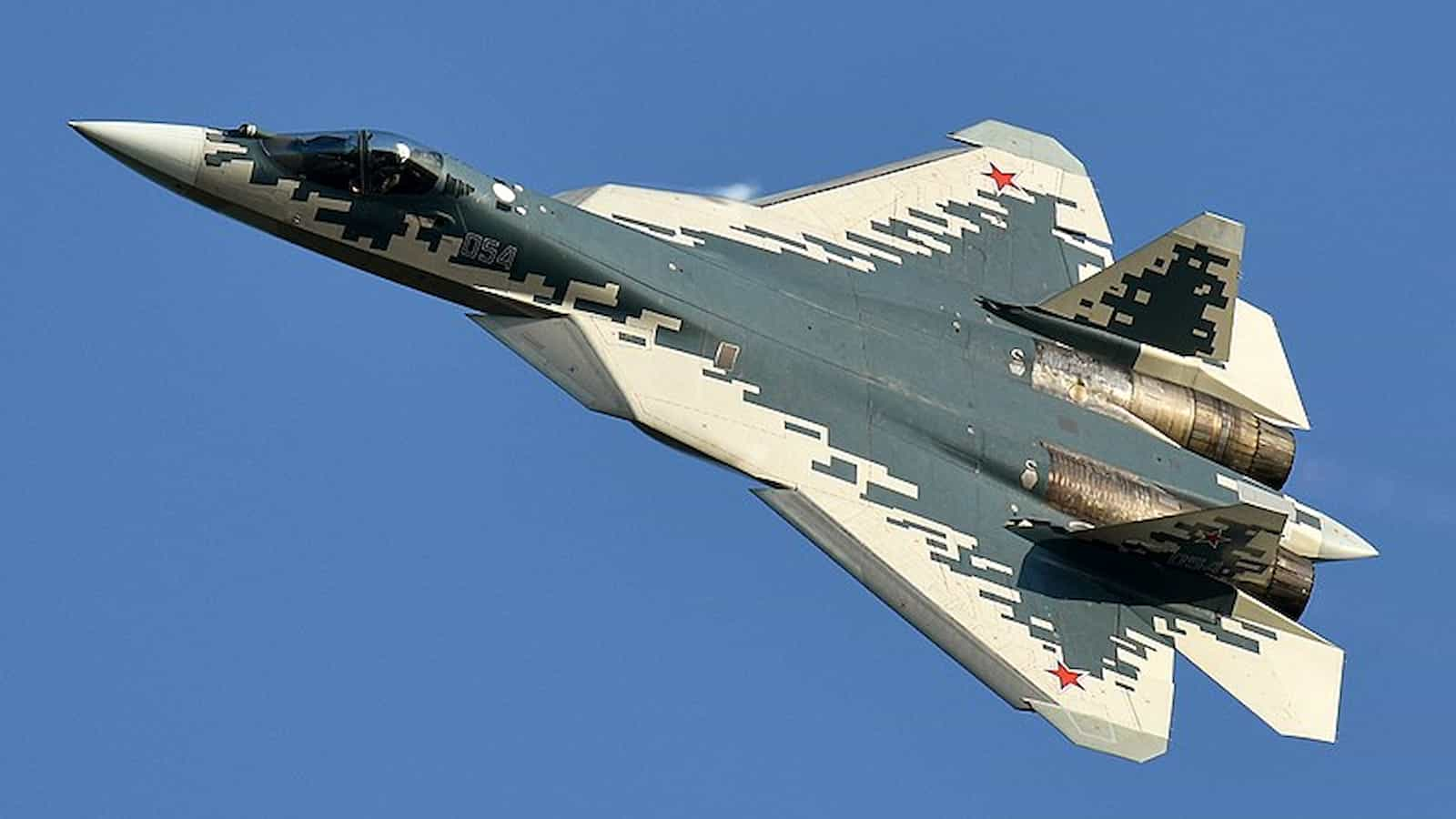Neutralizing Two Russian Aircraft: Information from the Ukrainian Ministry of Defense reveals that on March 2, their air defense systems were functioning and engaged two Russian aircraft. These activities included the utilization of anti-aircraft missiles. The Ukrainians claim they effectively disabled a specific aircraft, a Su-34, out of the two. Yet, they did not manage to stop the other aircraft, a Su-35, because their Patriot system did not succeed in targeting it.
Neutralizing Two Russian Aircraft
Regarding the Patriot and Su-35 meeting, Ukrainian sources remarked that the Su-35 demonstrated impressive evasion abilities. Currently, the Russian Ministry of Defense has not verified the destruction of any Su-34 airplanes, including those that were part of recent events.
Fascinating Themed Movies
We’ve all been fascinated by impressive movies featuring talented pilots outwitting incompetent air defense soldiers. A well-known movie theme involves a missile being shot, leading to a lengthy scene where the pilot skillfully avoids the danger by using heat traps.
The tense music, the long breaks in dialogue, and the humorous conversation between the pilot and the control tower, combined with a close-up of the pilot’s helmet, add to the excitement of the scene. The tension increases as they expertly navigate a canyon, with the anti-aircraft missile copying the pilot’s moves and frequently shooting multiple times if following a Bollywood-style script.
It must be acknowledged that the actuality frequently deviates greatly from these film reenactments. Yet, in reality, the response to the inquiry “Can a pilot outmaneuver a missile?” remains a resolute ‘yes’. Nevertheless, there are numerous influencing factors that can significantly impact the result.
Patriot’s radar can be seen.
In the complex world of tactical aviation, it is essential to have a range of anti-missile tactics. Nevertheless, none of these tactics specifically account for the barrel roll pass attempt. These techniques may be more or less effective depending on various factors such as the type of missile used, whether it came from a MANPADS or a longer-range Patriot system, its trajectory and distance, the flight conditions and characteristics of the aircraft, and specifically, the details of the missile guidance system.
In this particular situation, we are examining a typical Patriot missile system equipped with a PAC-2/GEM+ anti-aircraft missile. This missile is designed to target and intercept an aerial enemy within a range of about 150-160 km, with a no-escape zone of about 110 km. The missile’s guidance system uses radio commands during flight and then switches to using a semi-active missile head [Track-via-missile-TVM] to set target coordinates for the final part of its path.
With this guidance system, the onboard technology in all fighter jets, including Russian ones, will first detect the Patriot radar being activated before the missile is launched. The radar switches from tracking to firing mode, signaling the start of the countdown in seconds.
Seven Dead in Russian Strikes on Kharkiv as Kyiv Urgently Appeals for Weapons
It is more challenging to track down the Su-35 than neutralizing Russian aircraft

When facing high-altitude danger, a pilot’s response to enemy aircraft tactics can significantly affect the result. Put simply, the first reaction may be to quickly plummet towards the ground, trying to achieve maximum speed while utilizing afterburner modes to enhance distance. In these tense moments, every second counts and the specific aircraft’s features and abilities play a crucial role.
Next, we will examine the differences between the Su-35 fighter jet and the Su-34 frontline bomber. The first one can handle a stress load of about 9G, while the second one reaches a maximum of about 7G. In direct comparison, the Su-35 weighs approximately 4 tons less when empty and boasts better thrust.




